Blog
May 10th, 2012
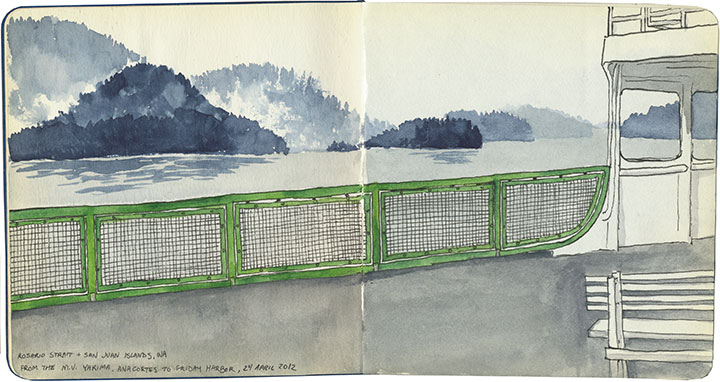
I think Washington was jealous that I left it for Texas last month—
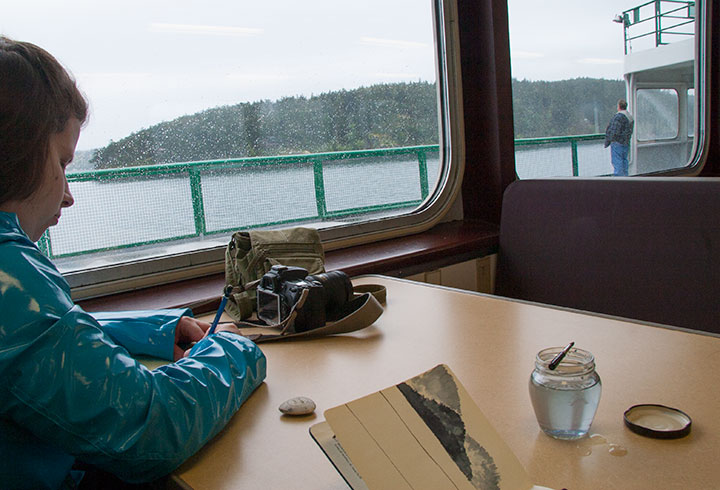
—because when my best friend Elizabeth came out for a trip to the San Juan Islands, we were treated to endless rain. That’s okay, though—the San Juans are absolutely gorgeous in any weather.
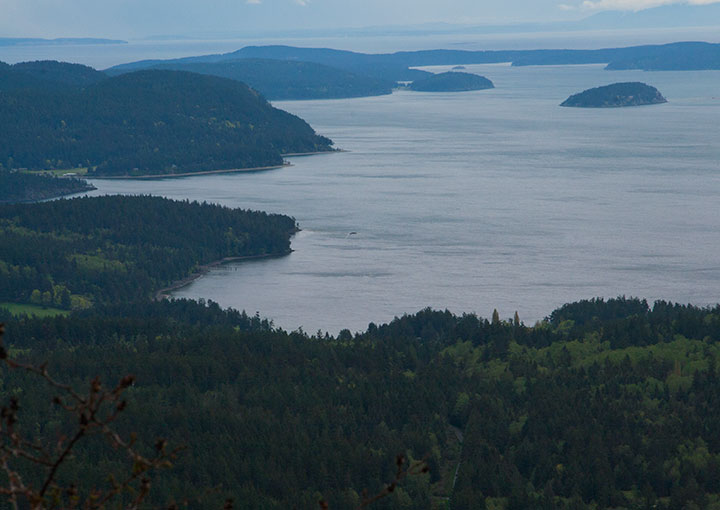
The place could not be more different than what I saw in West Texas—not the landscape,
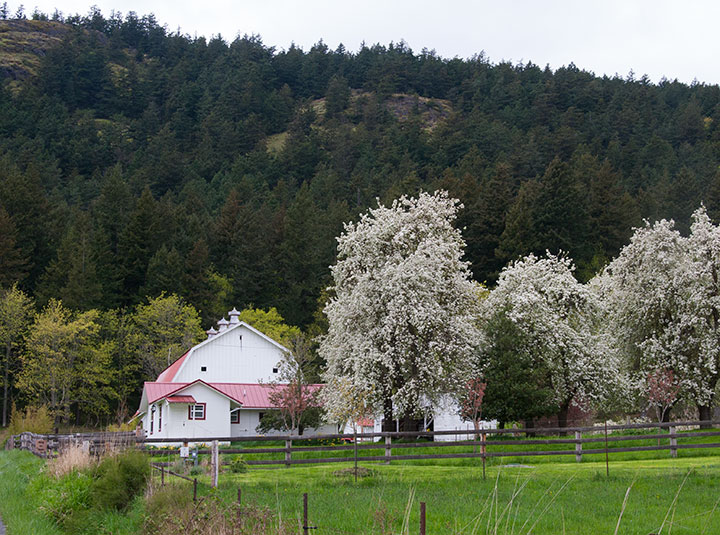
not the culture,
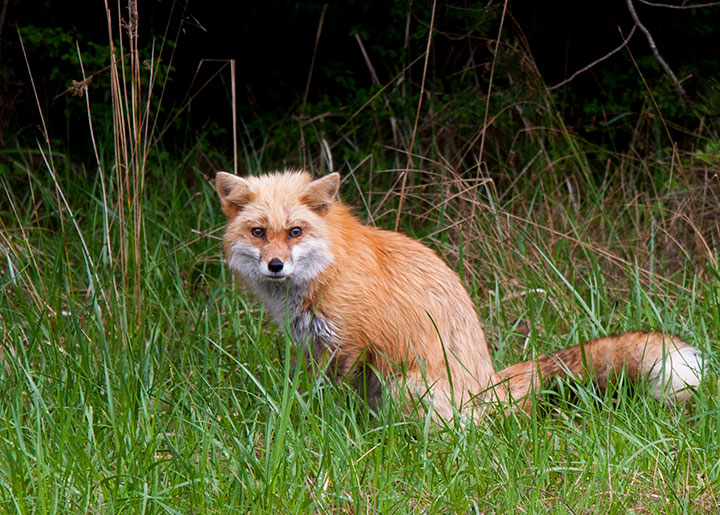
not the flora or fauna, either.
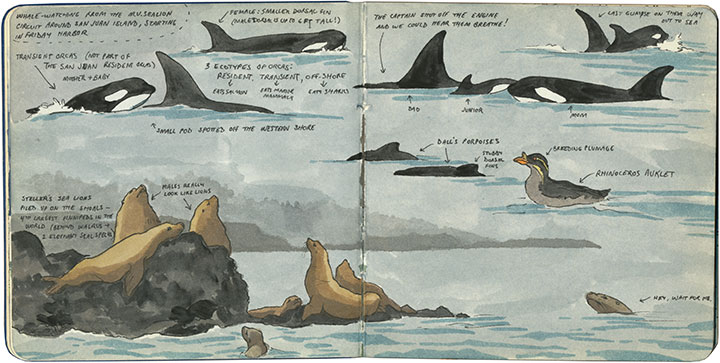
What it had in common with the desert, though, was that it made me fall in love in exactly the same way.
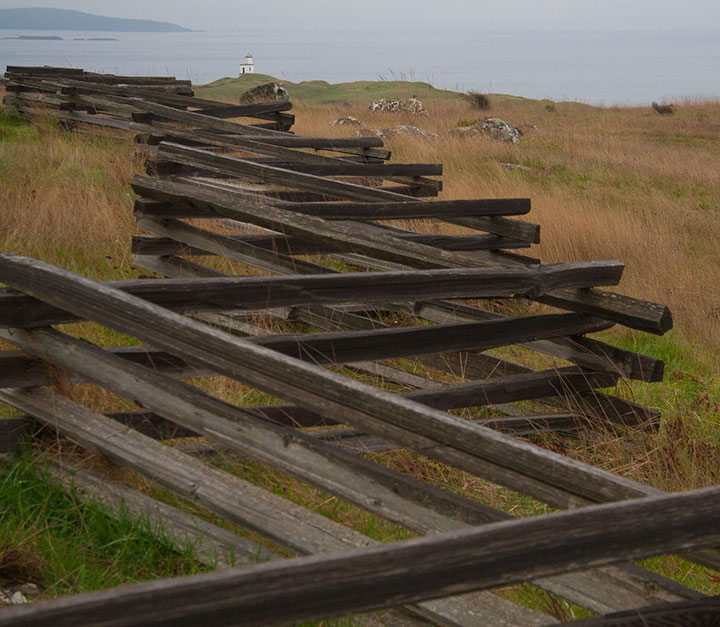
April 30th, 2012

Mexico on the left, Texas on the right.
With all the crazy work I’ve been doin’ lately—and all the rain that this season brings—I really, really needed a vacation. So the Tailor and I took ourselves on a little road trip—way the heck down to the Texas-Mexico border. Yep, we drove 2,200 miles one way, just to be able to stand ten feet from an international border. It’s a pretty amazing feeling, actually.

We spent most of our time at Big Bend National Park (you know how much of a national park nut I am!), which allowed for plenty of time for sketching—
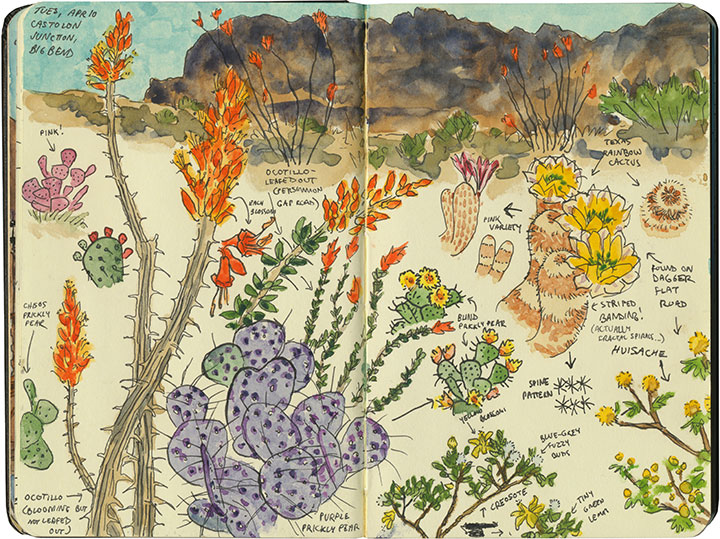
—and lots, and lots of desert sun to soak in.
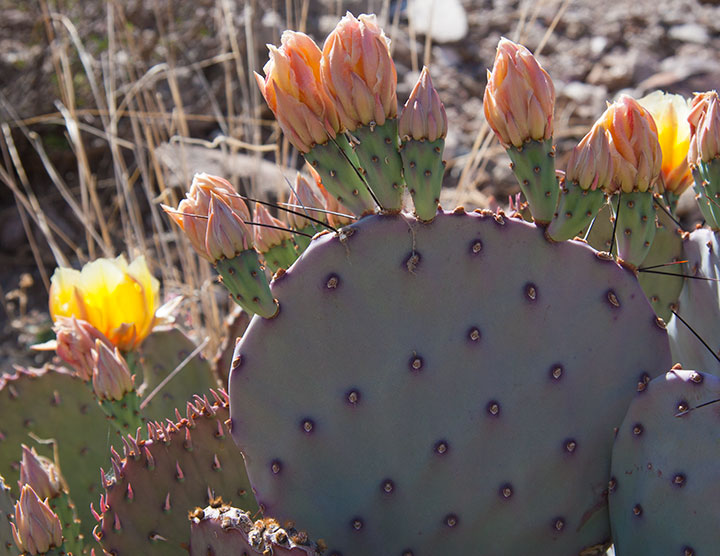
April 23rd, 2012
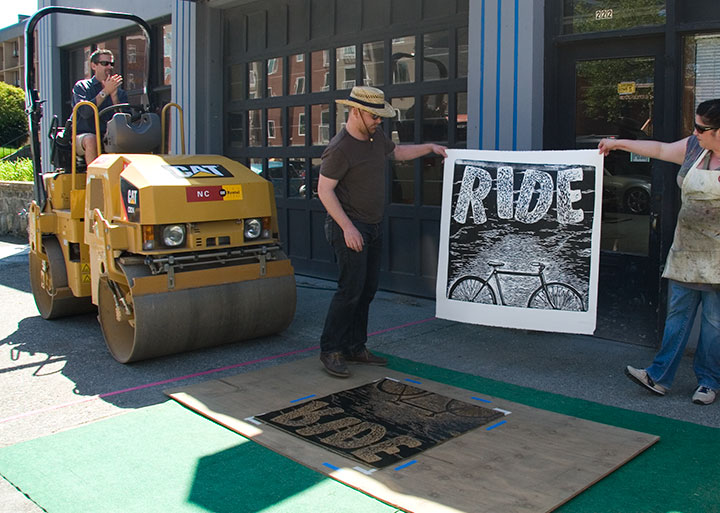
Oh, man. I’m beat. You people plum wore me out this time. Every year I keep thinking we can’t possibly top the previous one, but Wayzgoose just keeps getting better and better. And this year, the weather was so unbelievably good* that I think half of Tacoma (plus a good portion of Seattle and a smattering of Portland) put on their walking shoes and marched into our midst.
*See all those pairs of sunglasses? That straw hat? You don’t see those much ’round these parts. We’re the pasty-rainy vampire people, remember? Sunshine in April = naw, son, you must be dreaming.
To put it another way: it was absolute crazy sauce.
Or maybe it was just that the word is fully out now about our little printers’ party. After all, the Weekly Volcano said last week, “There are otherwise button-down, Wonder-bread, vanilla South Sounders who lose their ever-lovin’ shizz over Wayzgoose.” Amen, bros.
Big thanks to everyone who showed up to the party (even if I didn’t get a chance to thank you in person); to the Tacoma Arts Commission for being our fairy godparents; to the small army of adorable volunteers who kept everything chuggin’ along; to Rosemary Ponnekanti at the News Tribune for the write-up; to Kyle Durrie for making an appearance in her travelin’ Type Truck; and to sweet pea Flaherty and Jessica Spring for making it all happen.
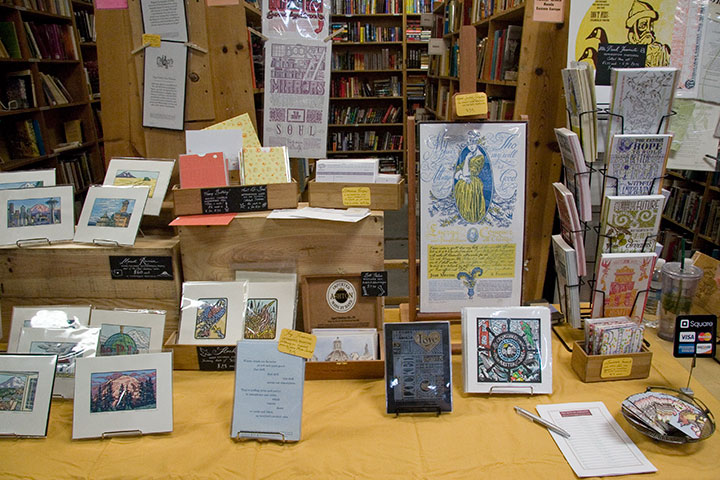
Speaking of Jessica, I think I laid eyes on her all of twice, all day. She was scurrying around and herding cats outside, while I was camped behind a steady stream of folks at our adjacent tables (thanks, y’all!). There wasn’t even room to sneak a hip shot of how many people were shoehorned in there, so the only photos I could snag were right at the beginning before folks showed up, or at the end, when people finally started to clear out.
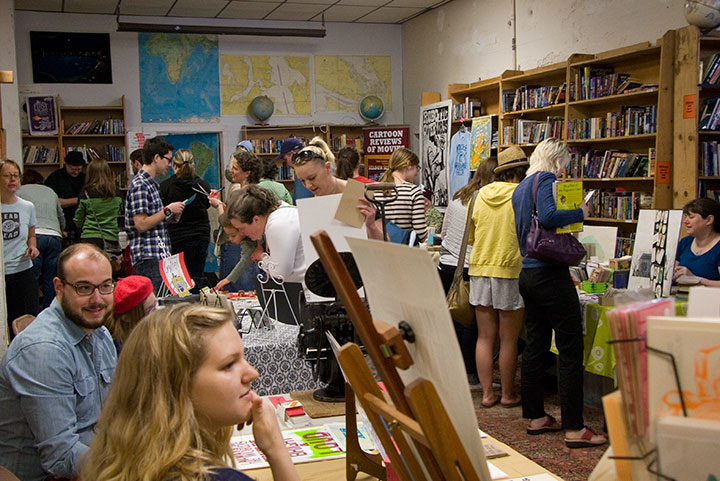
I know this doesn’t look like a big crowd, but trust me—it was a total sardine can in there. (Or clown car, if you prefer circus metaphors. I know I do.) But when the room is packed with all your favorite Northwesterners, it’s a win-win.
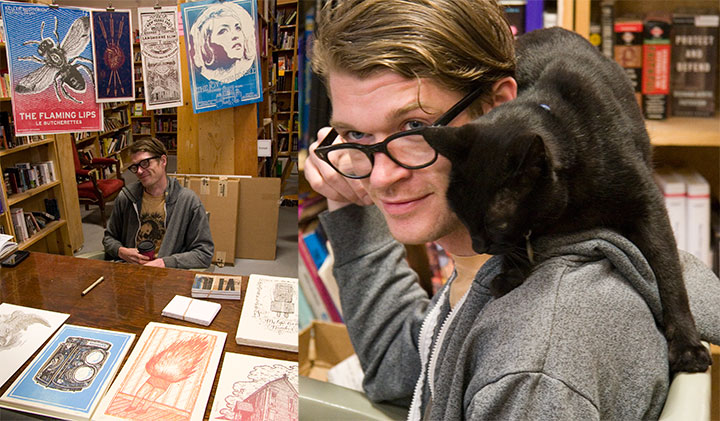
Among the talented regulars was my lovely friend Keegan (and of course, Atticus, who frequently thinks he’s a pirate parrot. Yarr!).
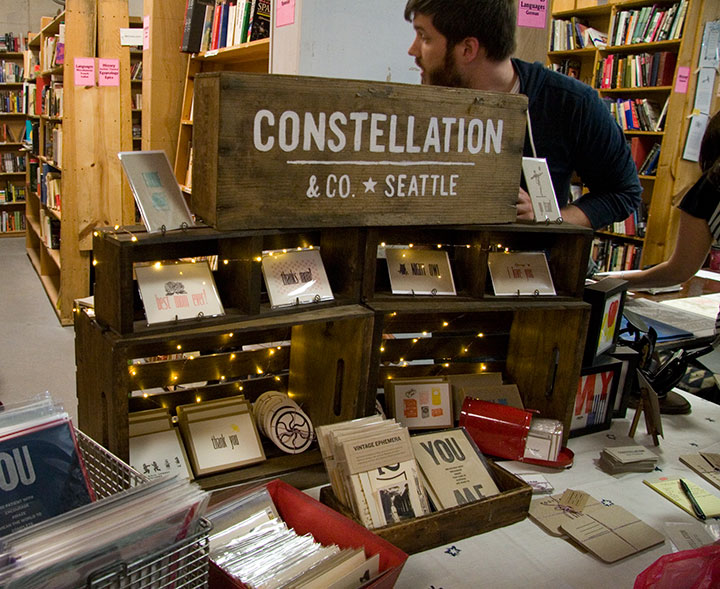
There was also a very special newcomer this year. My former student Sara caught the letterpress bug, and caught it bad. In less than three years since she took my class, she and her husband Brad (pictured) have gone from newbie nestlings to fully-fledged, successful business owners. Sigh. My kids are all grown up and making a hand-printed ruckus! It does my heart good.
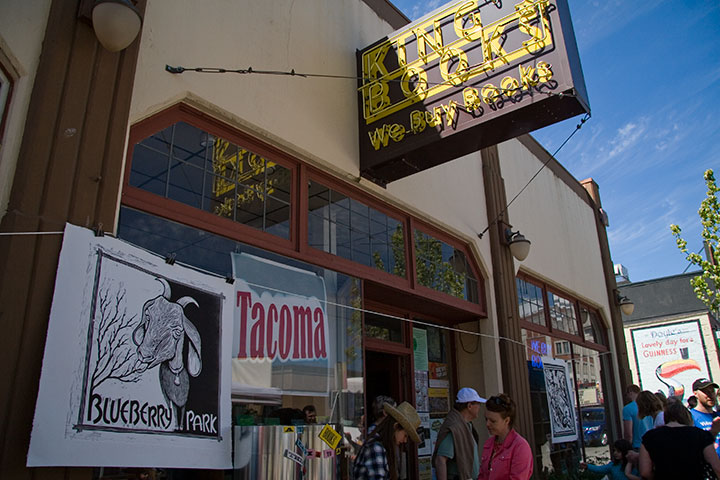
Outside, the steamroller prints were better than ever. (Special shout-out to Audra Laymon for her goatey Blueberry Park print! I think a hundred people heard me squeal when I saw it.)
Jessica and I decided to sit out the steamroller this year to make room for a few new folks, and that turned out to be a smart move. Just standing at my table for six+ hours hobbled me like an arthritic old woman—I don’t think my knee would have been up to printing. My only regret was not being able to witness much of the spectacle this year.
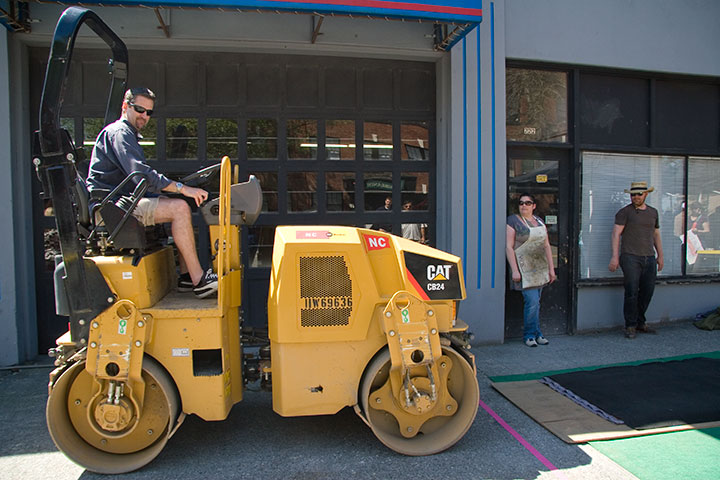
I did sneak outside long enough to learn that Tacoma’s own Arts Commissioners had been pressed into service (heckuva job, Scott!)—
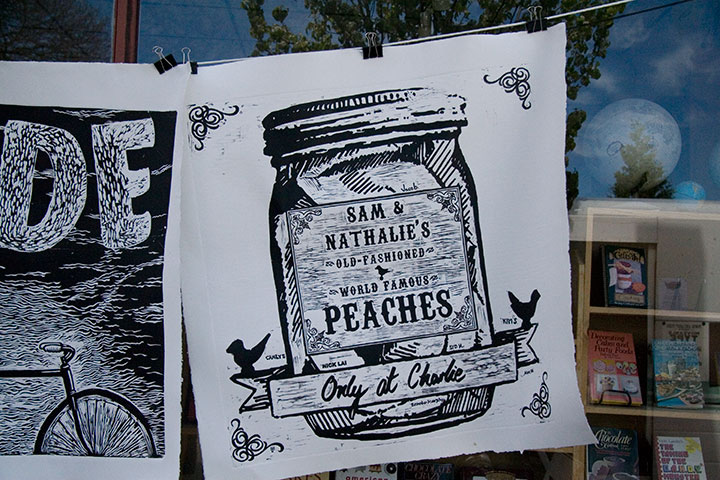
and that the print quality was the tastiest it’s ever been, thanks to some tweaked techniques Jessica gleaned from our day in San Francisco last fall.
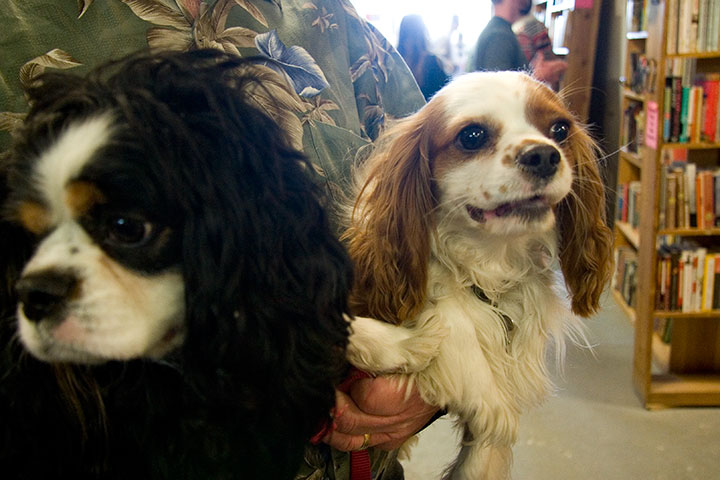
Attendance reached a new record this year—I think we’re an official Tacoma institution now. Mr. sweet pea says the count of men, women, children, babies and beasties approached the 1,000 mark!
(R.J. says: Word to your mother.)
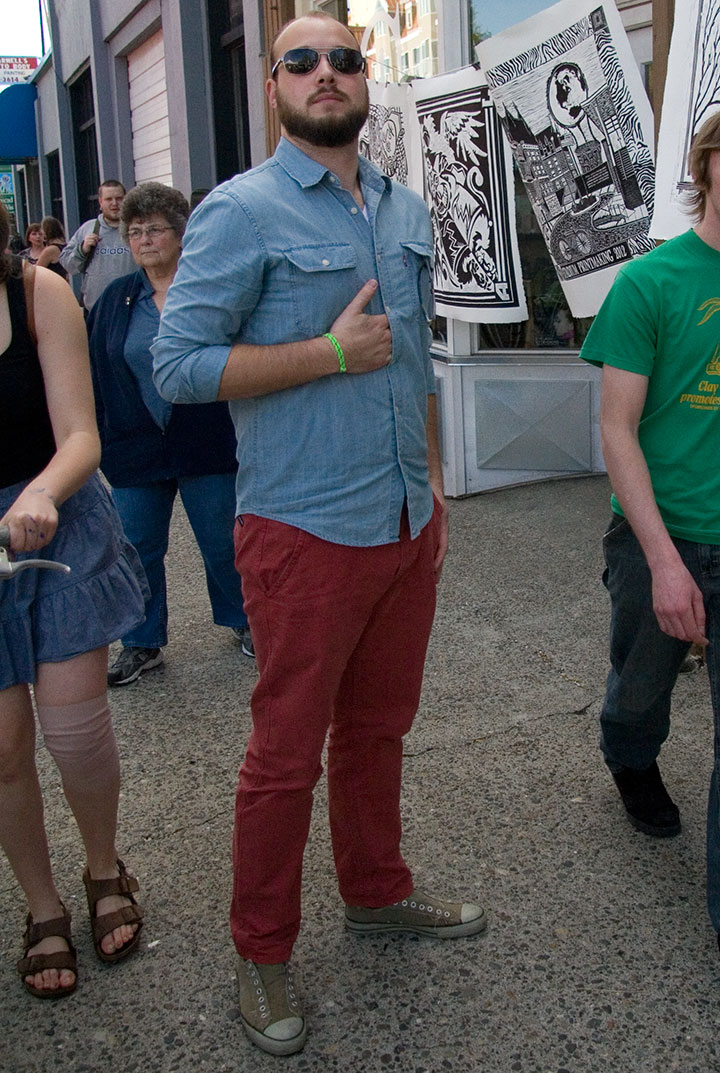
April 9th, 2012
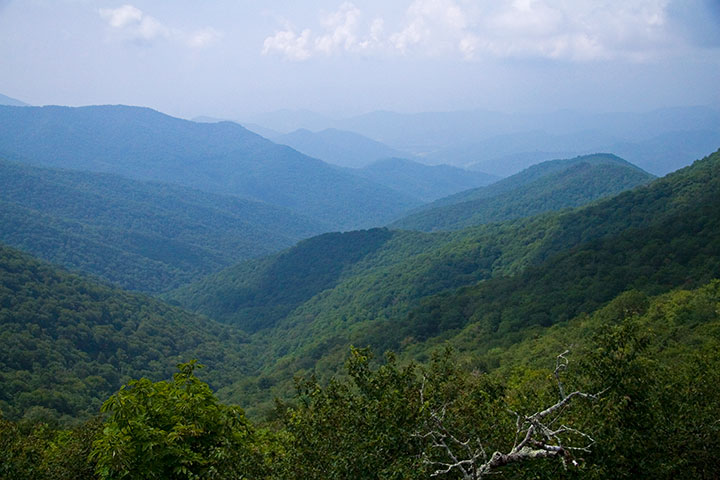
When Jessica and I were in North Carolina last summer, we had just enough sightseeing time to squeeze in a short trip along the aptly-named Blue Ridge Parkway.
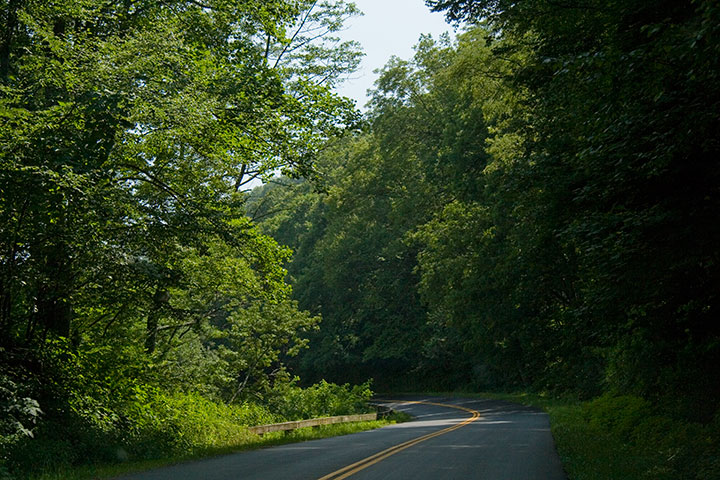
Between the dappled sunlight,
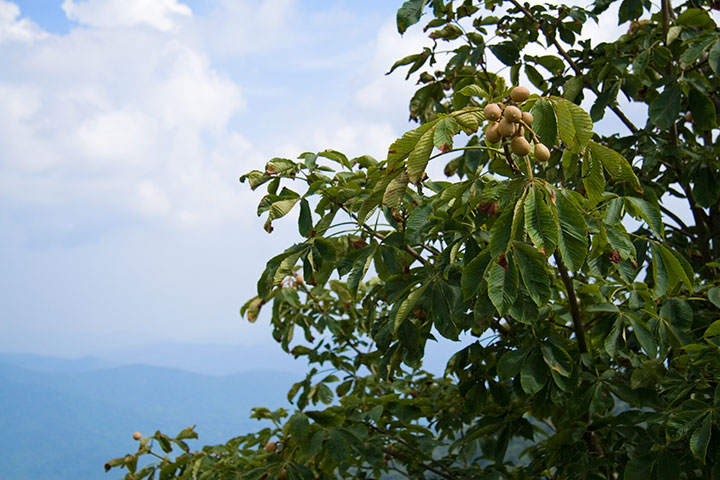
the lush Southern greenery,

and the unexpected splashes of color,
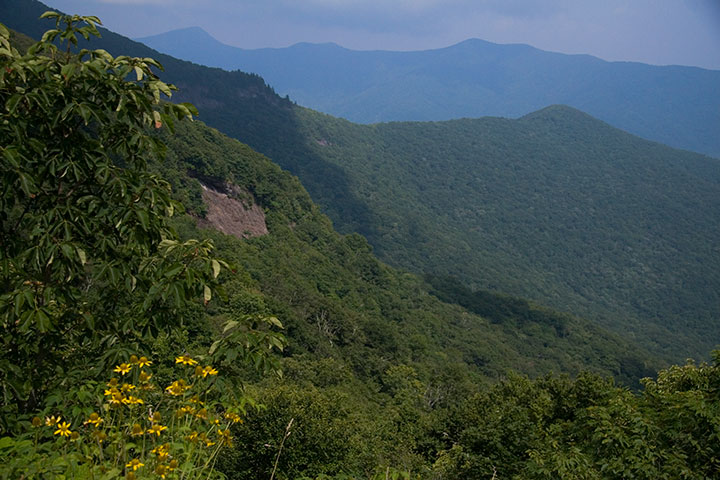
we were enchanted in an instant.
(I, for one, was tempted to do a little Katniss Everdeen impression—just run away from it all and head for the hills.)
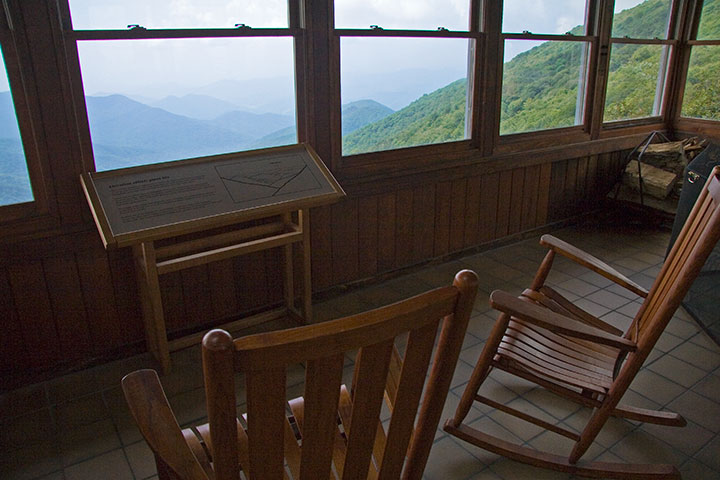
It wasn’t hard to imagine sitting down and breaking out the paper and paints, with all that blue haze as inspiration.
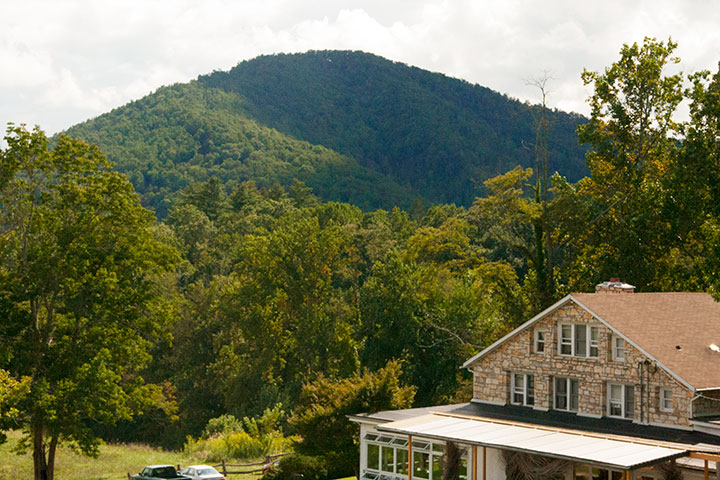
The folks at the nearby Penland School of Craft certainly agree. Since Lucy Morgan founded it in 1929, Penland has become a national center for craft education. Widely respected for its preservation of handcraft traditions, Penland is centered on total-immersion study and both traditional and experimental techniques. Settled in a quiet pocket of the Blue Ridge Mountains, it’s an inspiring setting for focused work. Thanks to its reputation and location, the school attracts some of the country’s best artists and fine craftspeople to study and teach in the Penland studios.
So you can imagine how thrilled and honored Jessica and I were when they asked us to come and teach a letterpress workshop there this summer.
We’ll be teaching a one-week printing intensive, and doing our very best to turn the printshop upside down. This ain’t your grandpa’s letterpress. Here are the details:
Letterpress: Old Dog, New Tricks
A printmaking intensive with Chandler O’Leary and Jessica Spring
Penland School of Crafts, Penland, NC
Summer Session 7: Aug. 26 to Sept. 1, 2012

In the class, we’ll work with both hand-set type (don’t worry, we won’t monkey with any linotype machines…) and photopolymer plates to produce editioned prints that combine the two techniques.
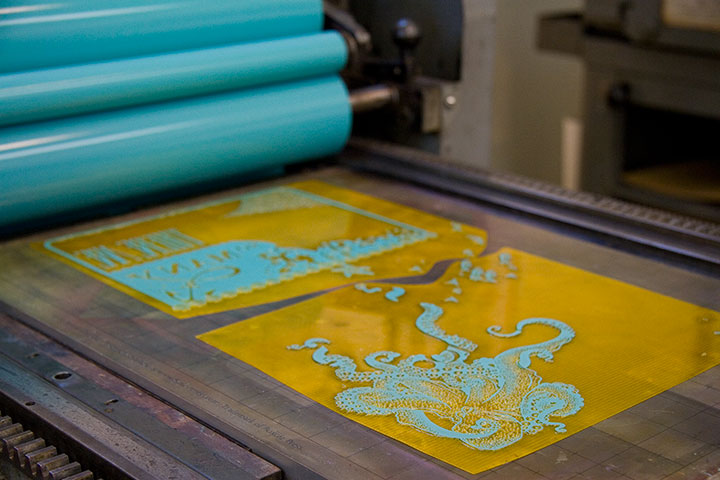
We’re going to get pretty technical, pretty fast, but don’t worry—the workshop is open to all levels of experience. That way we can bring letterpress newbies up to speed quickly, and give more experienced printers the chance to go nuts and geek out with us.
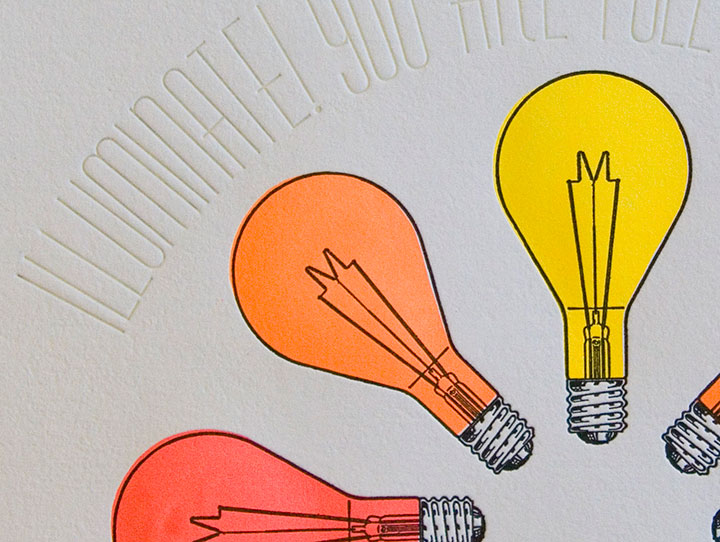
“Unnatural Light” by Jessica Spring
You’ll be doing some death-defying typesetting by hand, using Jessica’s acrobatic techniques,
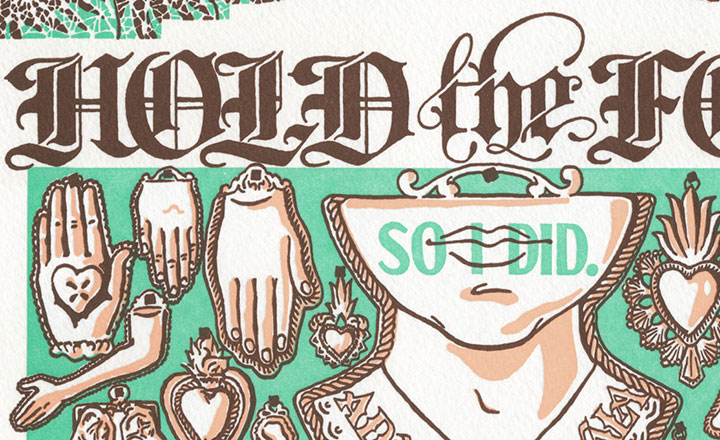
On a Mission Dead Feminist print
and I’ll teach you the ropes of designing for photopolymer, so you can throw a three-ring hand-drawn circus into the mix.
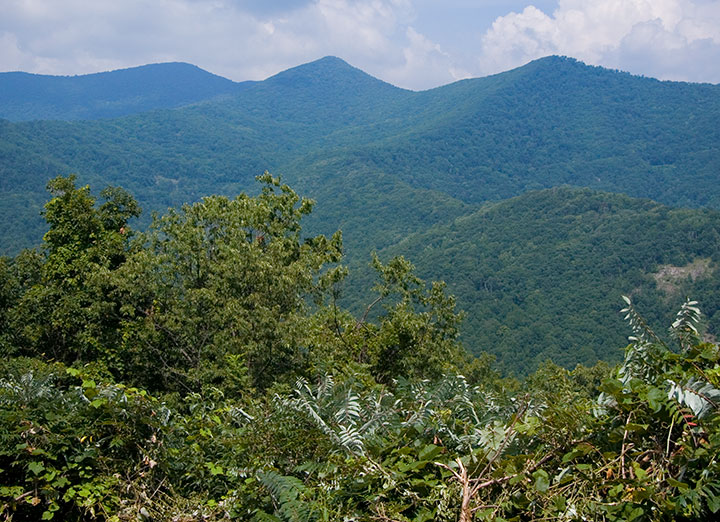
So get thee to the mountains and join us! Registration is open now, but don’t wait too long—the class is capped at 12 students.
See you in North Carolina! Save me some grits, will you?
April 6th, 2012
Last Sunday, to raise funds for the upcoming Wayzgoose, we had a little “Wayz & Means” film festival celebrating all things letterpress. Even though the show’s over, the main event of Wayzgoose itself is still on deck. So as a little warm-up to get you in the printing mood, I thought I’d share a couple of the films we featured.
First up is an animated short I first saw over a year ago, at the Codex Bookfair in California. I’m pleased to announce that Old Time Film, by Barbara Tetenbaum and Marilyn Zornado, is finally viewable online! So let’s get this party started:
Oh, man. I love that. If you want your very own copy of the film (trust me, you do—there’s a little making-of featurette on the DVD), you can purchase it here. No, Barb and Marilyn aren’t paying me to hawk their movie—I’m just a believer, that’s all.

I’ll leave you with one of my very favorite episodes of The Twilight Zone, circa 1963, where a gleefully terrifying Burgess Meredith gets a newspaper job as the world’s fastest linotype caster. There’s a catch, though: Mr. Smith has a secret. To get in on it, you need to understand the little letterpress inside joke behind the episode’s title.
You see, a typesetter’s inky hands (and quite possibly the inflammatory writ published by the early masters) earned printing the moniker “the Black Art.” So there are all sorts of clever nicknames to go with that title. For instance, a letterpress apprentice was called a “printer’s devil,” and old, broken type gets thrown in the “hell box” to await being melted down. The list goes on.
Get it yet?

Well, watch and you’ll see what I mean. (Gaah! That face.)
Da, da, daaaaaa!
Join us on April 22 for the Wayzgoose, and get in on the devilish fun.
Eighth Annual Wayzgoose
Sunday, April 22 • 11 am to 4 pm • Free!
King’s Books • 218 St. Helens Ave. • Tacoma, WA
In the meantime, I’m going to practice lighting cigars with my index finger.
April 4th, 2012
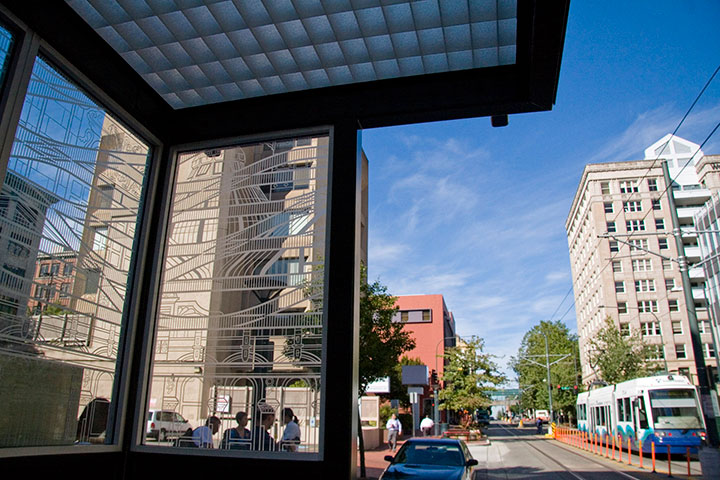
This is rather old news now, but as it took such a long time to complete, and as it isn’t exactly going anywhere, being hot off the press doesn’t matter so much. Last year I was commissioned to do a piece of public artwork here in Tacoma, and as of a few months ago, the Commerce Street light rail station is up and running.
I’ve done several temporary and permanent public pieces before, but this was my first commission for a durable materials project—and by that I mean materials that can be expected to last many decades with minimal maintenance (metal, stone, concrete, ceramics, glass, etc.). Interestingly, painted murals are not considered durable; they require all kinds of upkeep, and have an average life expectancy of only five to ten years.
The Commerce Street Station project called for a design for etched glass. Now, as you’re well aware, I’m no glass artist—it’s a little weird to think of a letterpress printer doing glass work. But that’s the beauty of the public art realm: instead of one artist tackling every aspect of a project, there’s a whole team of people involved, each focused on his or her particular strengths. I was responsible for the design, and industrial fabricators took care of the actual glass-etching part. So what my part boiled down to was a process nearly identical to what I do for any letterpress print: a hand-drawn illustration, converted into a computer file for production. Realizing that created a huge mental shift for me, and suddenly made the prospect of wearing a Public Artist hat way less intimidating.
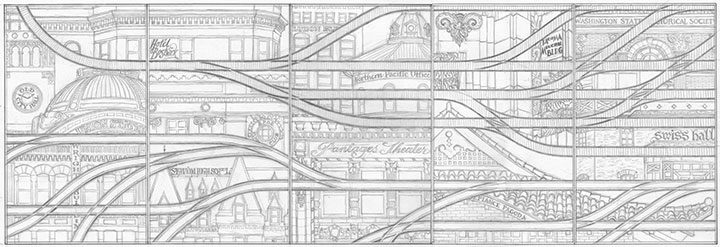
If you’ve ever stood in a shelter waiting for a bus or train, you’ve probably seen an etched glass design. Usually it’s an abstract pattern to discourage graffiti, or in the Pacific Northwest, often something outdoorsy or salmon-themed. So I figured that territory was well covered. Instead, I focused on the rails themselves. The railroad is possibly the single most significant aspect of Tacoma’s history; it is truly the backbone of our city. In 1873, Tacoma was chosen over Seattle as the terminus of the Northern Pacific Railroad. Without the resultant growth and industry that resulted from the railroad hub, Tacoma might still be a tiny fishing hamlet, rather than a bustling port.
For decades, industrial and passenger rail travel was our pride and joy. Along with the goods and people moving along the NP Railroad line, Tacoma was also criss-crossed with streetcar lines, providing efficient and comprehensive public transportation. During the Great Depression, however, the cost of maintaining the streetcar lines became too heavy a burden. The system was dismantled in 1938, and private automobiles became the dominant mode of transportation. This story is by no means unique — passenger rail fell out of favor all over the country, and today, public rail transit is only the norm in our largest cities.
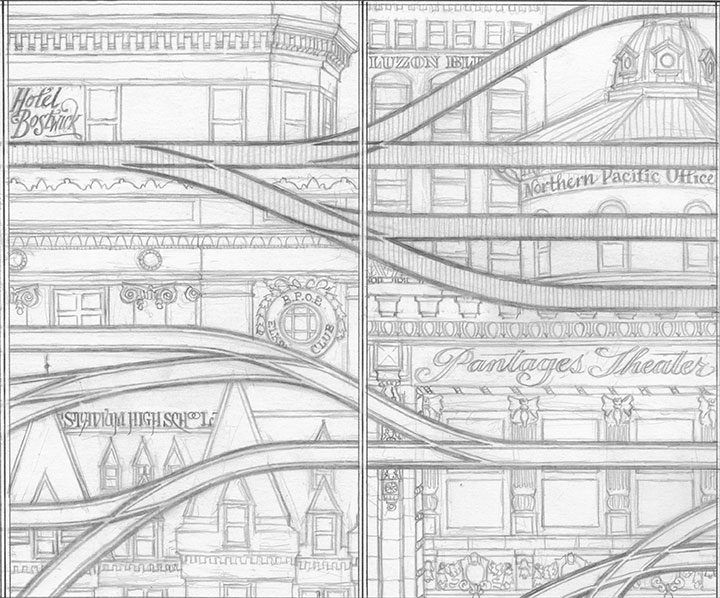
To me, our small (but expanding) light rail line is a ray of hope for a progressive future, a return to a more sustainable system, and a chance to highlight Tacoma’s history. So for Continuum, I designed a brace of parallel rail lines. The top line is a set of traditional railroad tracks, beginning as a single thread and branching outward—symbolizing Tacoma’s beginnings and expansion. The bottom tracks are grooved-rail embedded tram tracks—exactly the type you see in both old streetcar lines and modern light rail paths. As the traditional tracks branch outward, the tram tracks converge into a single path, just as our lone light rail line is the last vestige of the old streetcar network.
Tacoma’s architecture sprouted and developed right alongside the railroad, as a result of our industrial growth. So instead of surrounding the tracks with a white-noise pattern of ballast, like you’d see around real tracks, I designed an illustrated amalgam of our most iconic buildings. Some are still with us; others are long gone (can you spot the Luzon Building above?). Every structure represented exists either along a historic streetcar or other track line, or has some connection with the railroad.
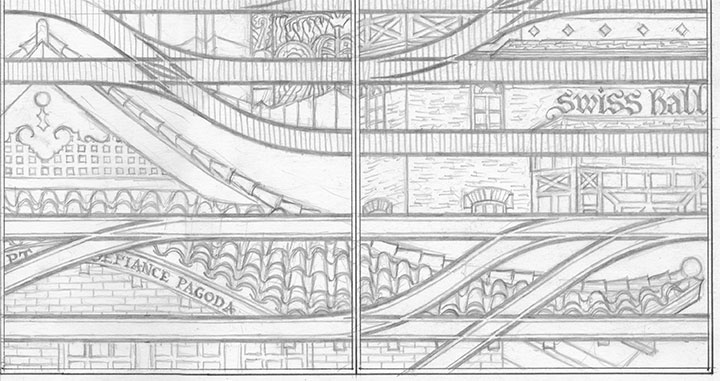
While I was working on the initial design, a teenage arsonist set fire to the historic Pt. Defiance Pagoda. Suddenly it didn’t seem to be enough for the city merely to preserve the architecture—I felt the need to create my own record of as many buildings as I could.
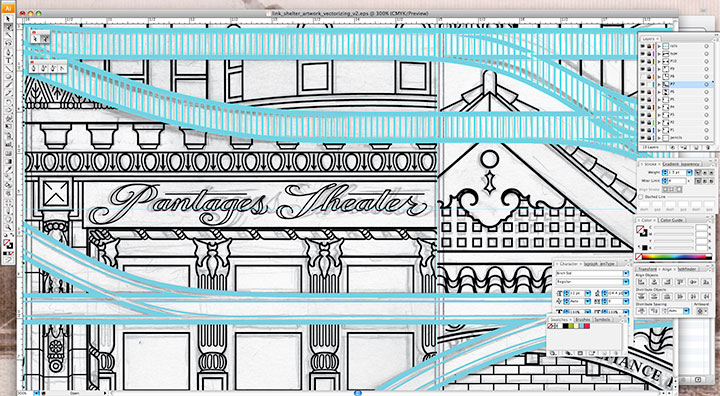
My pencil drawings weren’t finished enough to send to the fabricator—I needed to bridge the gap between my pencil and their equipment. To get the artwork to the point where it could be etched into glass, I needed to convert it to a specific file format called vector graphics. Now, digital photos are made up of pixels: a grid of tiny dots that determine how large a size an image can be blown up to be. The more pixels per square inch, the larger you can make the photo. Vector art doesn’t work like that. Without getting in over my head in explaining this, vector graphics are made of math.
(Which is super cool, really.)
The shapes are determined by geometric points, lines and proportions, rather than pixels. So that means you can blow the artwork up to any mammoth size, or shrink it as small as you please, and you’ll never lose detail or image quality. This makes the vector format A) awesome; and B) ideal for translating extremely intricate work into industrial materials. All I had to do was fire up Adobe Illustrator, and get to work converting the artwork.
This took days. And days. And days.
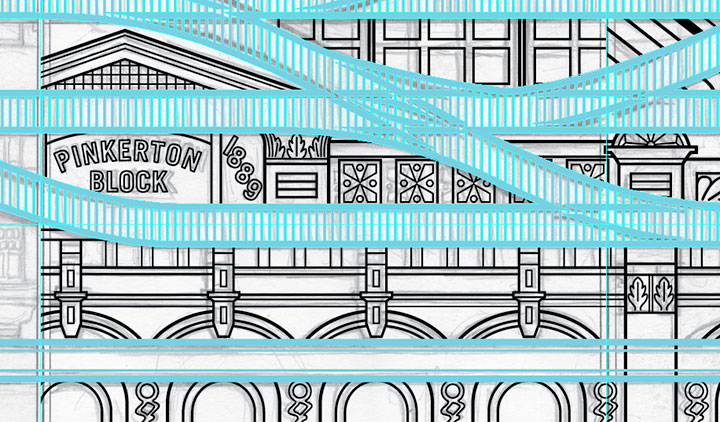
It’s funny that people tend to see computer programs as shortcuts or “cheats,” but in the end, any good piece of digital artwork requires a level of craftsmanship—exactly the way a handmade object does. Illustrator has lots of labor-saving tools if you know where to look, but the ones that are designed to fully automate the conversion from a scanned drawing to a vector file aren’t always ideal. For this particular project, the only way to do it right was to suck it up and spend ungodly hours redrawing the thing “manually” within the program. I had to rely on all my artist chops just as much for file production as I do for any artist book or watercolor painting. I easily spent as much time converting the design to vector format as I did drawing it by hand, but it’s important to have a flawless file—lots of expensive production steps are dependent upon that file being free of glitches or stray marks.
As an aside, one night that I stayed up (very) late working on the file happened to be the night of the Royal Wedding. To provide some background noise (in order to stay sane), I streamed the event in a little window on the corner of my screen while I worked. So now, whenever I see the finished glass panels I think of ridiculously ornate English hats, and the Queen in her vanilla Jello pudding-colored suit. Pavlov would have a field day with me.
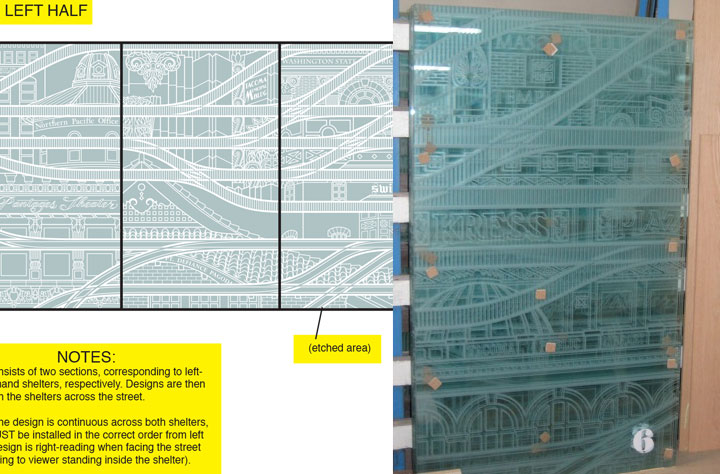
Right-hand photo courtesy of City of Tacoma
Anyway, next I sent the finished files to the fabricator. Using the points plotted in the file, and a digital mockup I threw together with my production notes, they were able to cut the design out of a masking material, which they attached to the glass. Then the sand-blasted the glass panels. Where there were holes cut through, the sand made contact and etched the glass; everything protected by the mask stayed shiny and transparent. The finished result is a clean, precise replica of my design.
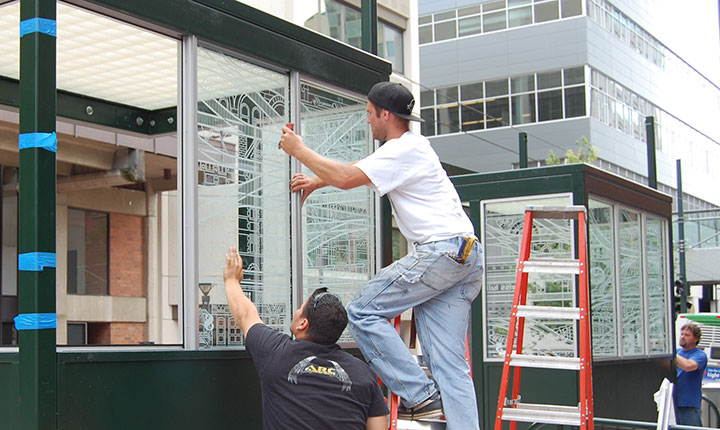
Photo courtesy of City of Tacoma
The tricky part was making sure they installed all ten panels in the correct order; otherwise the connecting track lines wouldn’t make sense. Thanks to the big fat numbers they stuck to each panel, though, everything worked out just fine.
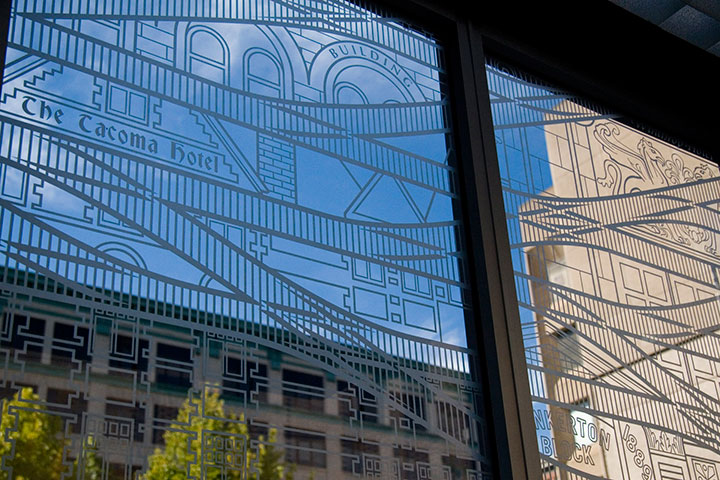
It’s fun to stand inside the finished shelter, and see the stylized buildings contrast with real ones. And when you’re not paying close attention to the details, the illustrations recede into a sort of geometric pattern.

For those who are paying attention, my hope is that this little illustrated city will encourage viewers to notice the real city around them—preferably with an eye toward preservation and innovation.
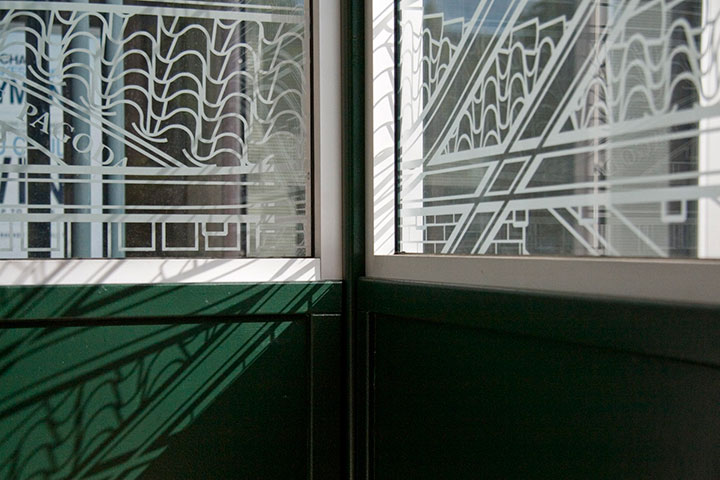
Attentiveness has its own little reward, too. If you happen to be there when direct sunlight hits the glass, the etched lines project onto every surface. (Tacoma looks good on you.)
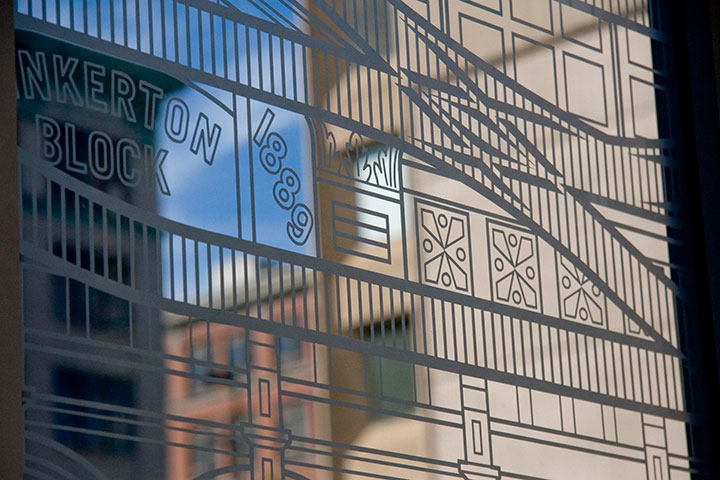
In the end, I just wanted to take the dull routine of waiting for a train, and turn it into something beautiful—even if only for a moment.
I’m always saying things like, “If I ran the world…”, usually followed by some crazy idea for transforming every mundane thing in life into something a little more meaningful. I love the thought that on one tiny patch of real estate, I really did get to run the world, and make things exactly the way I imagined they could be. Many thanks to Amy McBride and the City of Tacoma for giving me free rein.
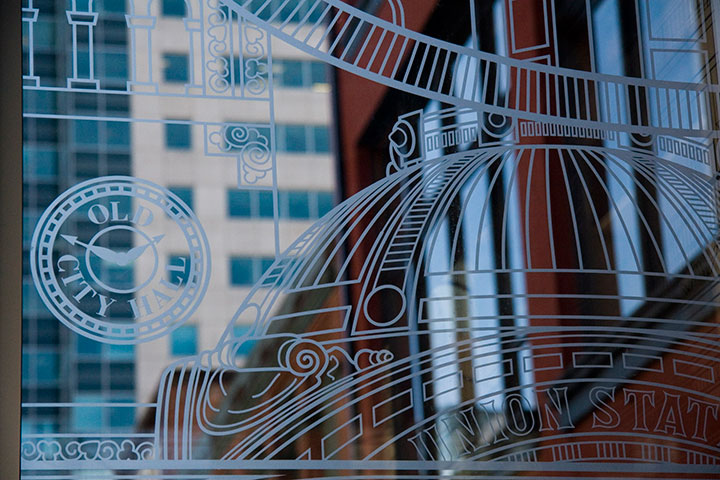
March 26th, 2012
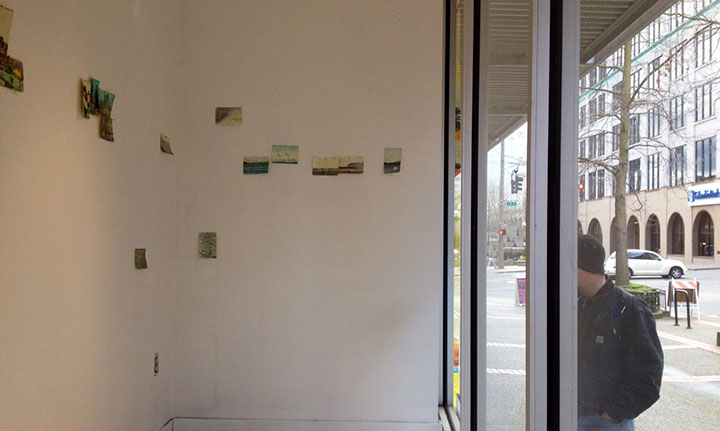
In between a whole host of deadlines I’m juggling at the moment, I’m exhibiting in the Woolworth Windows again, thanks to Spaceworks Tacoma.
Hillside Sketchbook
Artist book installation by Chandler O’Leary
On view through June 30
Woolworth Windows at 11th and Broadway
Downtown Tacoma, WA
Like last time, I’m creating an installation that comes together in real time. This time, though, I’m not painting in a glass box—I’m doing one huge drawing of a Tacoma hillside that’s made up of many dozens of tiny watercolor sketches. The sketches are done on different days, in all weather conditions and through changing seasons, and are tacked up in the window as they’re finished. The scene grows and takes shape like a puzzle being put together piece-by-piece. So go take a look—and come back often. Tacomans: can you figure out which viewpoint I’m drawing from?
I’ll be posting more photos here as the installation comes together. In the meantime, check out the post about the project on the Spaceworks blog.
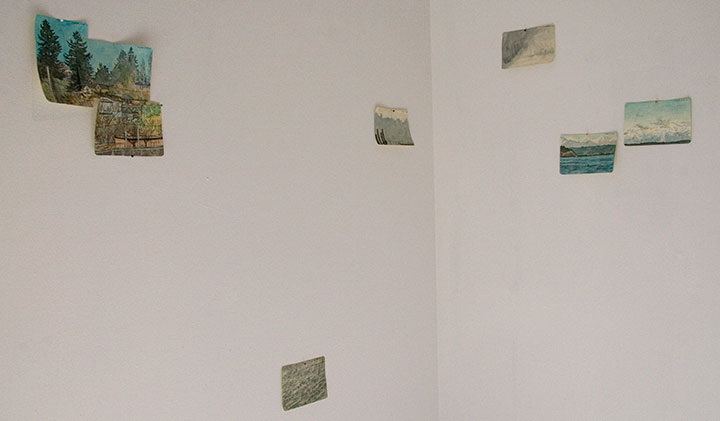
March 14th, 2012
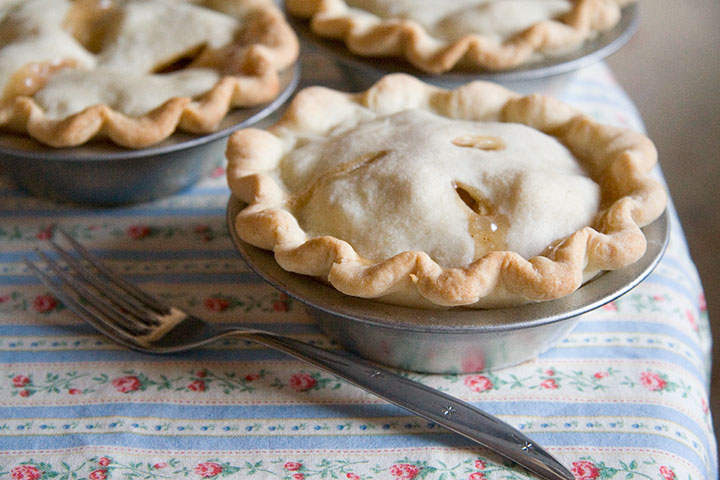
Clearly I’m a lucky gal.
February 28th, 2012
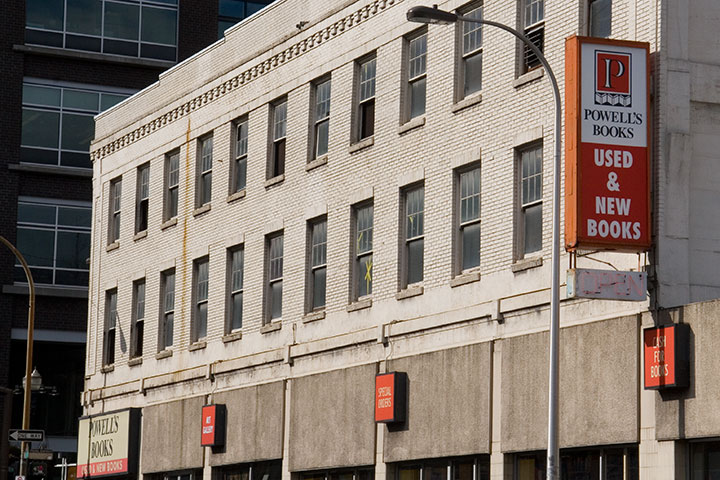
Seeing our stuff for sale at my all-time favorite bookstore makes me happier than I could ever see. If you’re in Portland, or you’re going to be, you can now find Dead Feminists postcards, Lemonade Journals and mini-prints at Powell’s City of Books! Last time I was there I found them in the Red Room.

Rumor has it they’re also in the Orange Room, but Powell’s is crazy-huge and charmingly labyrinthine, so I never did come across them there. Never fear, though: the myriad Info Desk staff are smart and lovely. They’ll point you in the right direction.
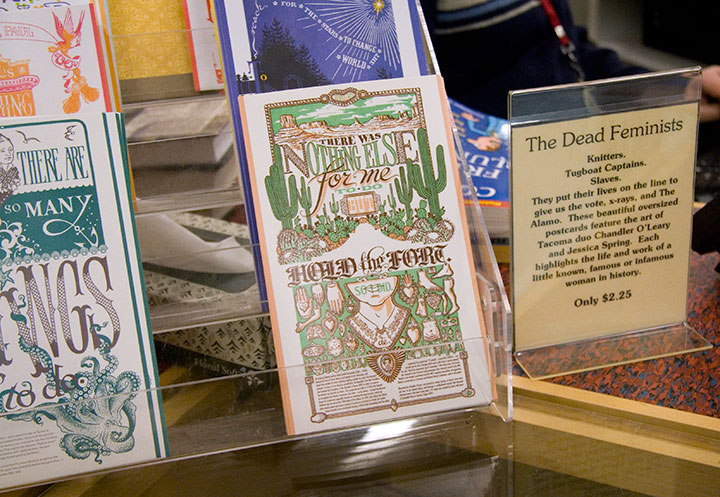
P.S. How cool is the description on that sign? I love these people.
February 16th, 2012
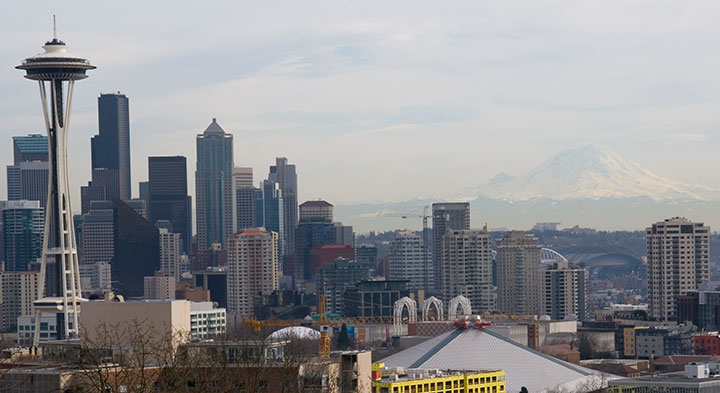
I’m back to being reasonably mobile again after my accident (still not driving myself quite yet, though—just a couple more weeks!)—and coming here was the first thing on my to-do list.

![Chandler O'Leary [logo]](https://chandleroleary.com/wp-content/themes/chandleroleary/images/logo.png)





















































